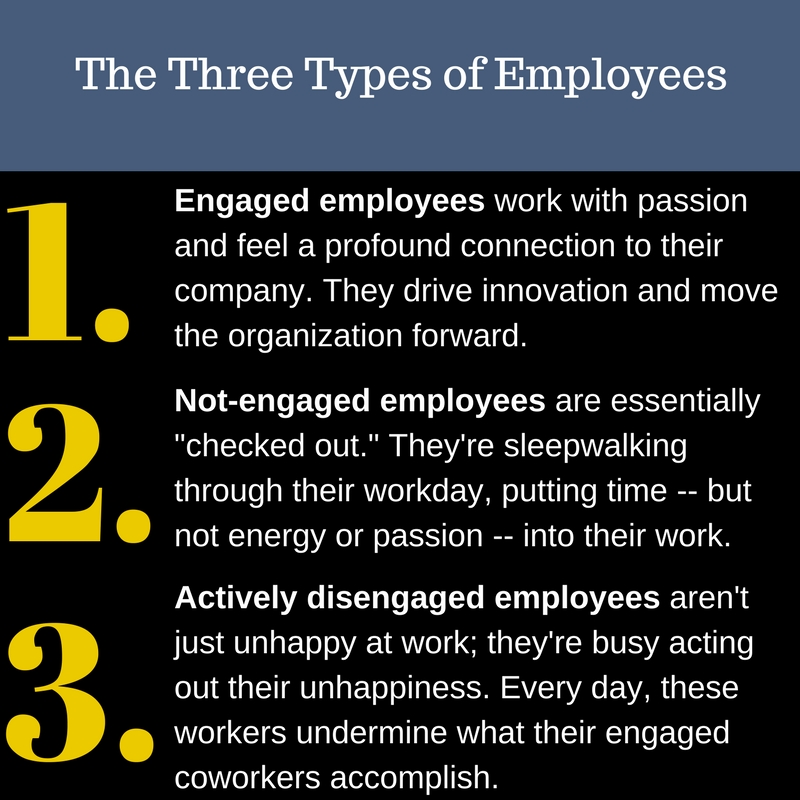“Guide to Reducing the Risk of Workplace Violence”
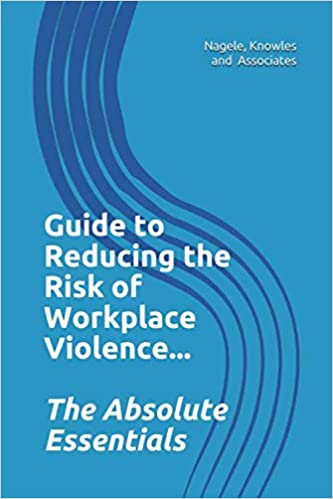 Our new comprehensive guide, revised and updated, is now available on Amazon.
Our new comprehensive guide, revised and updated, is now available on Amazon.
It is the “Gold Standard” in providing people who are concerned about reducing all sorts of violence in their work places. The guidance ranges from a hostile workplace to bullying to sexual harassment to threats to fighting and even to murder.
Some safety professionals do not see workplace violence as a safety issue, but if you stop to reflect a moment, you’ll see that these sorts of behaviors distract people from their work. Distractions lead to safety problems. When the behaviors are acute, someone can get hurt or even murdered. The leading cause of death in the workplace for women is murder or suicide. The third leading cause of death in the workplace for men is murder or suicide.
Our “Guide to Reducing the Risks of Workplace Violence” is a must read for all who are interested in creating a safer workplace! All HR groups should read, understand and share this critical information so that everyone can learn about the hazards of workplace violence and their role in helping to create a safer workplace. Safety and Security people – it is all in here, including active shooter protocol and situational awareness. And, it is a no-brainer for Supervisors – this comprehensive guide covers the gamut!
 One director of a large organization of various businesses was completely unaware of the problem among their members. This is amazing since the statistics show that problems like bullying and sexual harassment are occurring in way over 50% of the organizations in our country. Apparently none of the businesses in this organization feel it is important to think about and discuss.
One director of a large organization of various businesses was completely unaware of the problem among their members. This is amazing since the statistics show that problems like bullying and sexual harassment are occurring in way over 50% of the organizations in our country. Apparently none of the businesses in this organization feel it is important to think about and discuss.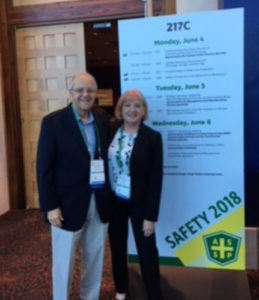 The rapid growth of active shooter incidents was one of the main areas of concern. The FBI and other experts gave talks about this, with their main focus on the active shooter incident itself. Most active shooter situations are conducted by men. Most of these occur in places of business. There is no typical profile for these people who come from all walks of life.
The rapid growth of active shooter incidents was one of the main areas of concern. The FBI and other experts gave talks about this, with their main focus on the active shooter incident itself. Most active shooter situations are conducted by men. Most of these occur in places of business. There is no typical profile for these people who come from all walks of life.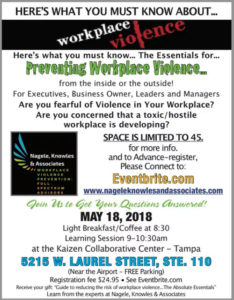

 A wicked question is one where it is so complex that there is no final answer. We work to the best solution we can, which works for some period of time, then we have to revisit it again as conditions change. (The wicked question keeps repeating, sometimes reminding us of a bad penny – that keeps showing up at inopportune times!)
A wicked question is one where it is so complex that there is no final answer. We work to the best solution we can, which works for some period of time, then we have to revisit it again as conditions change. (The wicked question keeps repeating, sometimes reminding us of a bad penny – that keeps showing up at inopportune times!) We need to approach this from the whole systems perspective since everything is connected to everything else. Experience shows that if we try to just fix one part of the system or another, we will wind up making other parts worse.
We need to approach this from the whole systems perspective since everything is connected to everything else. Experience shows that if we try to just fix one part of the system or another, we will wind up making other parts worse.
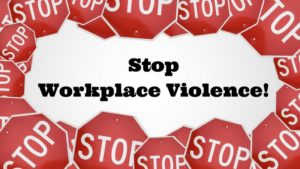
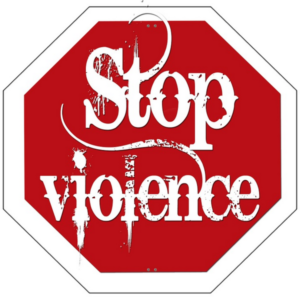 Violence at work is a growing problem. Shootings are becoming one of the leading causes of workplace deaths. Many organizations are having the local law enforcement people come in and do active shooter programs. This is a start. Preventing workplace violence has several aspects and becoming aware of how vulnerable your workplace may be, requires a physical-safety and psychological-safety assessment. These problems just don’t happen overnight in most cases. When someone is struggling with a serious problem at home or at work and have to just keep it to themselves, they get more and more lonely and resentful. If they are subjected to bullying and harassment things get bad, quickly. Stuff can build up to a tragedy. (How well do your supervisors know their people?)
Violence at work is a growing problem. Shootings are becoming one of the leading causes of workplace deaths. Many organizations are having the local law enforcement people come in and do active shooter programs. This is a start. Preventing workplace violence has several aspects and becoming aware of how vulnerable your workplace may be, requires a physical-safety and psychological-safety assessment. These problems just don’t happen overnight in most cases. When someone is struggling with a serious problem at home or at work and have to just keep it to themselves, they get more and more lonely and resentful. If they are subjected to bullying and harassment things get bad, quickly. Stuff can build up to a tragedy. (How well do your supervisors know their people?)